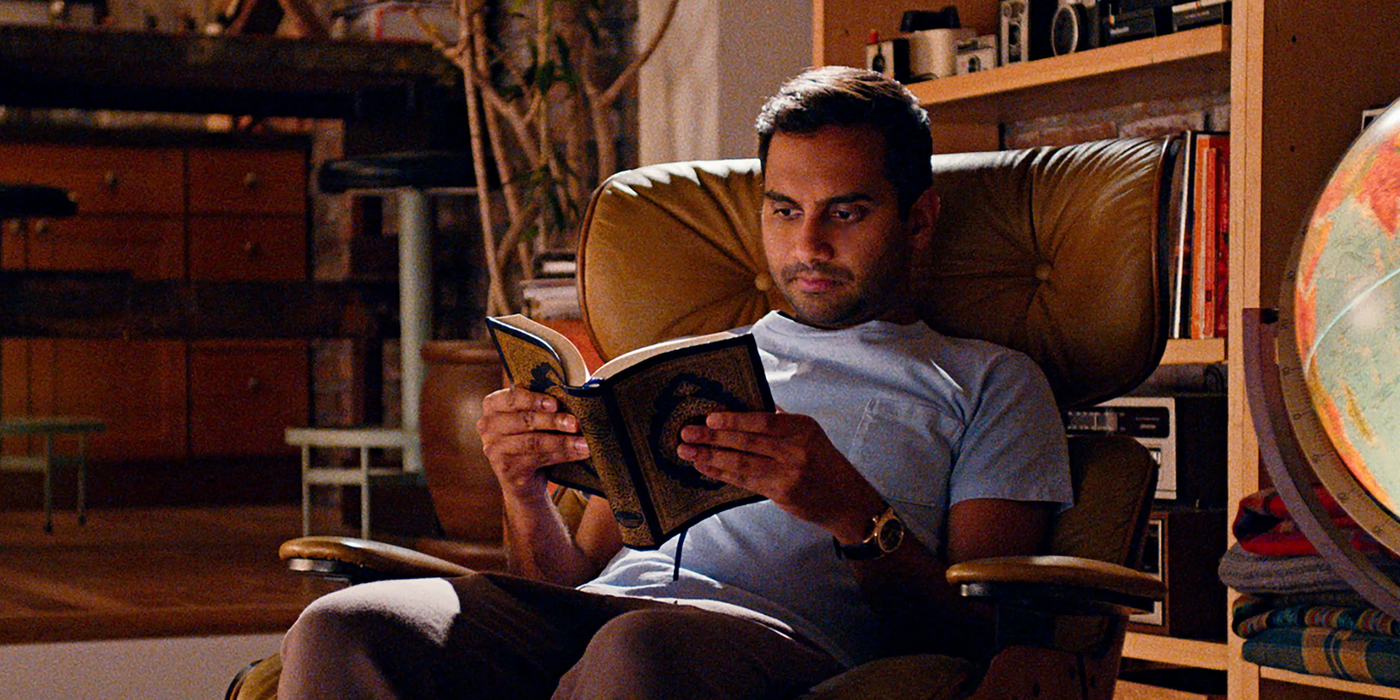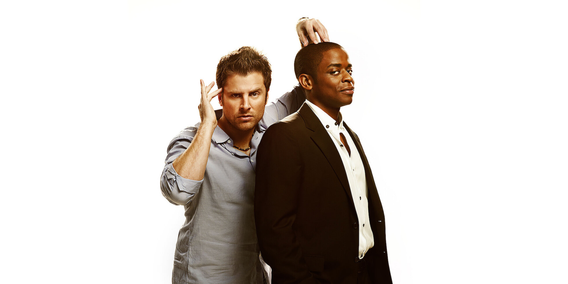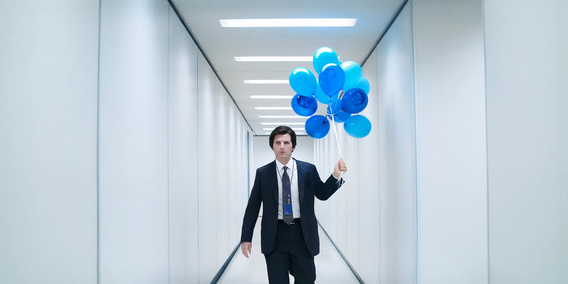Therapy Isn’t About Fixing You—It’s About Seeing Yourself
A new client had booked a slot—someone who had opted for therapy online, skipping the usual introduction call. No prior contact, no real sense of who I was or what I did. I had even tried reaching out before the session. Silence. I almost didn't log in, assuming he'd be a no-show.
But there he was.
New to therapy, armed with a list of "fix-me" problems. He came across as confident, clear, assured—but only about one thing: that if he could just fix these problems, he'd finally become the "ideal man." Almost like a grocery list—if I source all these ingredients, I'm certain I will make the best pizza in the world.
Almost every therapist has seen this list—the long, urgent, often desperate inventory of things to fix. How can I be more confident? How do I make my marriage work? How do I carry on my affair without my partner knowing? (Yes, really.) Others come seeking promotions, love, validation—often, the approval of a parent they've spent their whole life chasing.
It's a long list.
Like many clients before him, I had to, with a not-so-heavy heart, dispel the myth that I can fix him or that I know better than him. Unlike a fortune teller, I cannot gaze into a crystal ball and tell you what you need to change in your life within two minutes of meeting you.
Like him, many clients' fix-me lists bring them to therapy, but it's not what gets solved—definitely not in an hour, and not in the way they think.
The Uncomfortable Truth About Therapy
Therapy is slow. It's tedious. And, most of all, it's emotionally exhausting. You don't come in, get a prescription for a better life, and walk out fixed. Instead, you sit with yourself. You unravel your why. Why does your father's approval mean so much? What limiting beliefs have shaped your life? When did you first feel that you weren't enough?
Sometimes, we sit with the exact same question for weeks in therapy. It's uncomfortable. It's frustrating. It's even a little bit funny. But it's also very real. This is what therapists mean when we say "sit with your feelings"—you're giving yourself the time, space, and emotional energy to look at the parts of you that you've previously avoided. You're not rushing to fix it. You're asking questions. You're staying curious about your experience, about what this moment means to you.
And the truth is: the answer has to come from you, not from me (your therapist).
We'll look at it together—from different angles, through different situations, with new thoughts—but we'll still be sitting with the same feeling.
(Remember, all roads lead to Rome.)
Understanding the Journey Inward
This is the first, most crucial phase of therapy—self-awareness. Recognizing your patterns, seeing which thoughts are adaptive and which are not, and understanding how your past has shaped your present.
Therapy doesn't follow a neat timeline. You might start with something that triggered you today... then suddenly find yourself talking about the six-year-old version of you who was once told she wasn't worth the effort. Then maybe you're back with the fifteen-year-old version who poured everything into her school board exams.
It's not a straight story. It's more like a conversation with yourself—with a therapist there to hold space for it. One that follows an emotional thread rather than a timeline. Slowly, as you move back and forth between then and now, things start to make sense. You begin to see why you feel the way you do, and what moments, memories, or beliefs shaped those feelings.
That's when something shifts. Not just for the therapist, but for you.
You start understanding yourself better.
This is often the most frustrating part of therapy for many clients. It asks you to look at parts of yourself you've long tucked away. Old memories, patterns, and beliefs you've tried hard to avoid. But if something in your life isn't working the way you hoped it would... then looking inward is where the real shift begins.
Take one of my clients. We've been sitting with the same thought for weeks. We're not pushing it away or rushing past it. We're simply staying with it—until he's ready to look, ready to be curious about himself and ask those questions that matter: the hows and whys. Because the answer he's searching for? It's sitting quietly on the other side of that fear.
And this is where the real work begins.
The Power of Self-Awareness
Self-awareness isn't just about uncovering your pain. It's about learning what you truly want from your life—not just approval, not just relief, but clarity. It's about seeing your choices clearly. Because no one—not even your therapist—knows what's best for you better than you do.
So, if you walk into therapy with a list of fix-me problems, here's the truth:
I cannot fix you.
But I can help you understand yourself. And that changes everything.
Yes, that may be disappointing. And at some point, you may find yourself circling the same theme, approaching it from different angles, wondering why nothing feels solved.
A pro tip? Leave the hypothetical aside. Keep the excuses at home. Show up real in therapy. Sit in discomfort. Allow yourself to think and feel your feelings—identify them, trace where they come from, notice how they show up in your life.
And when that happens—when you stop resisting and start seeing—you begin to recognize the best approach for yourself. Because remember, you are the best judge of your life. Therapy doesn't give you the answers; it helps you discover that you already have them.
The Role of Your Therapist
So, what role does your therapist play in all this? We're not here to give you answers or tell you what to do. We're co-travelers.
We sit beside you, ask the kind of questions that gently nudge you toward the places you usually avoid—the uncomfortable, the confusing, the deeply personal. Not to make you feel worse, but to help you see more clearly. We help you connect the dots. To make sense of your patterns. To notice what's showing up again and again—and why. And then, little by little, we hand you tools. Tools to pause. To reflect. To respond. Tools that help you understand yourself—not just in theory, but in the everyday moments that shape your life.
It's not about fixing. It's about seeing.
And once you start to see yourself more clearly, everything begins to shift.
And only then—only then—can you begin to bring about the changes you desire for yourself.
Therapy isn't about fixing you.
It’s about helping you see yourself enough to choose your own way forward.








